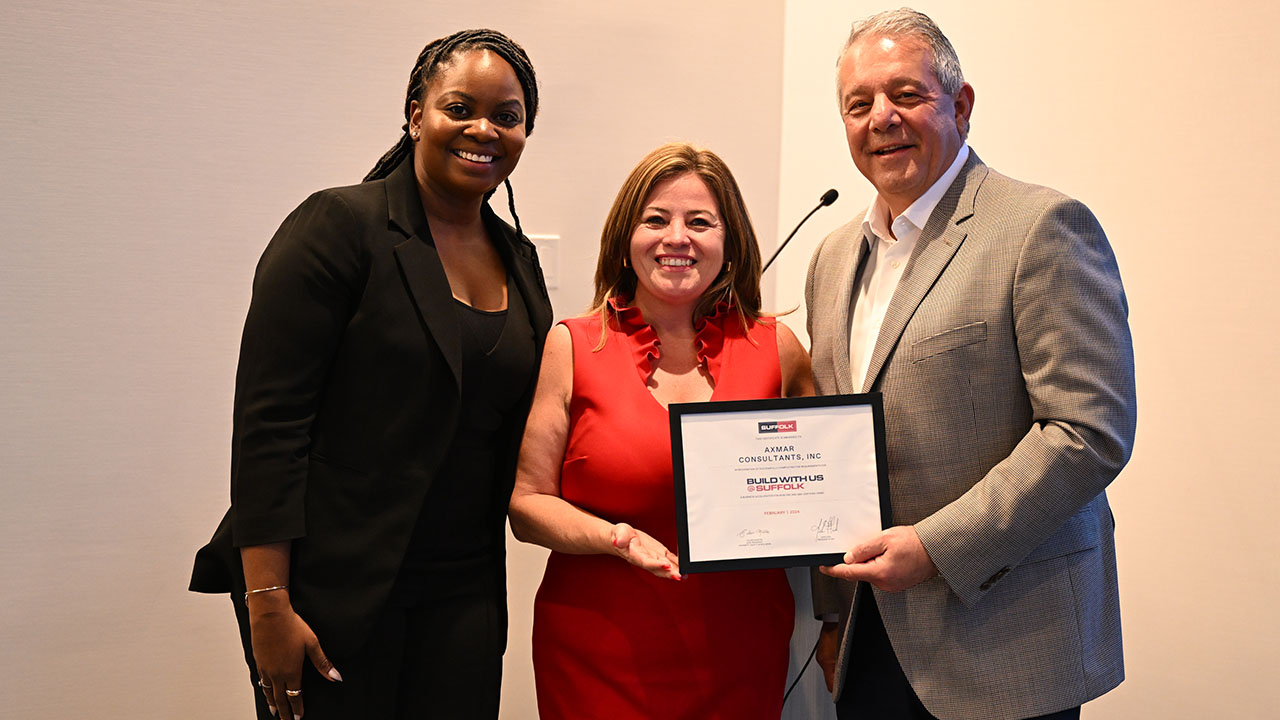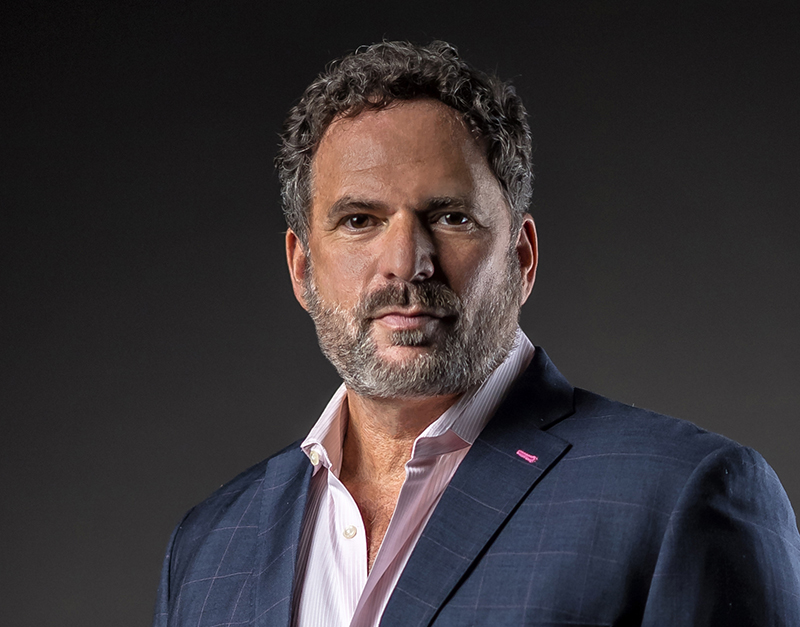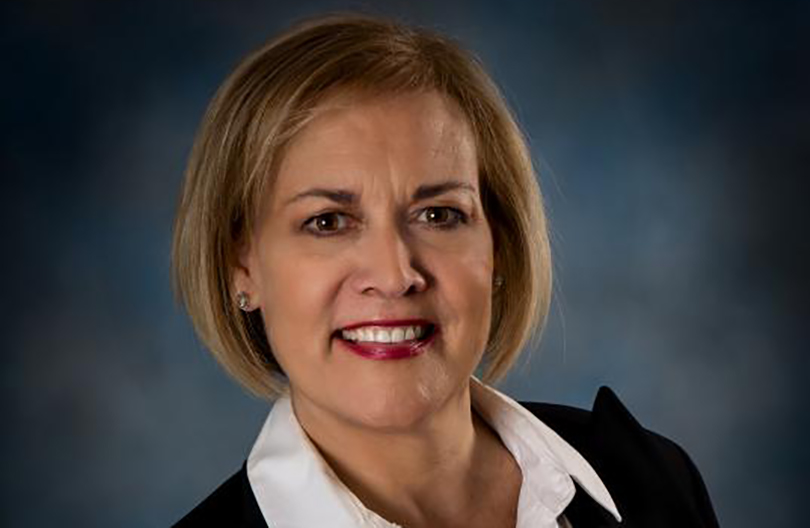By Stephen Garber
The foundation of effective communication remains the same whether someone is speaking to an individual or to a group. The most important communication skill we can learn is effective listening—what we call “power listening.” Power listening requires focus, concentration, effort and emotional awareness of ourselves and of the speaker. It’s a skill that can be learned, and it lends itself to effective communication in all situations.
Facilitating it within a team or group might seem overwhelming at first. But it presents opportunities for team members to build deeper and more trustful relationships—no matter their level in the organization. This supports cohesion and positive relationships. Diversity, which is an overall strength for any organization, might make power listening more of a challenge, given the many ways people consume and process information. That makes effective communication essential—it makes all the difference when it comes to maximizing the benefits of diversity. Skilled leaders teach by example, respecting and valuing each person’s strengths as well as their frame of reference.
Providing structure while still allowing for flexibility can be tricky, so setting up ground rules and clear expectations from the beginning is critical. Focus on positive boundaries, such as providing equal time to each person, or ensuring there is a clear understanding of goals, to cultivate an open and supportive environment that promotes an exchange of ideas and comments. That’s what great communication is all about.
One-on-one communication, on the other hand, can seem deceptively simple. The truth is, a respectful give-and-take (as opposed to a one-sided conversation) takes effort on both sides. Mutual respect and the use of listening skills are both critical to a successful and productive encounter.
One-on-one communication tends to be more direct by design. Without the buffer of intermediaries, a simple miscommunication can spiral out of control quickly. A clear understanding between both parties is critical. Because it’s more direct, the process of consensus is shorter, but it’s still important to make sure each party is heard and understood. Effective communication can’t be rushed.
One of the benefits of having fewer people involved is greater efficiency—more direct communication equals less wasted time. In addition, one-on-one communication is an opportunity to focus on building individual team members’ confidence. This is especially important for introverts, who often fly under the radar in group settings. Introverts tend to listen to others before formulating their responses. By the time they’re ready to chime in, someone else has already taken the floor.
When a leader takes the time to communicate with team members on an individual basis, they’re showing the entire team that each person’s contributions and opinions are valued. They’re also giving each person a chance to practice sharing their thoughts out loud. This is a very effective way to empower individuals who lack the confidence to make their voice heard in a group setting.
Although the basics of good communication are universal regardless of the number of people involved in a conversation, group communication and individual communication do have some significant differences. Being aware of these differences can maximize the healthy exchange of ideas and ensure productive conversation at all levels of an organization.
And good communication is the basis of talented people creating great business results together. ♦
Stephen Garber is director of Third Level Ltd. Contact him at 561.752.5505 or sgarber@thirdlevel.com.
More Newsletter Stories:
Business leaders see lingering impact from Irma
















